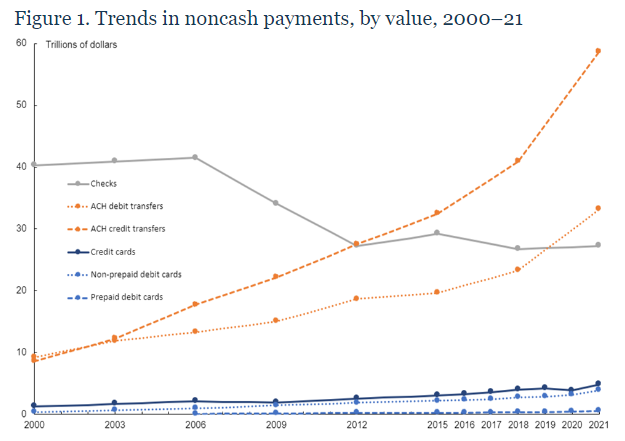
At Canright Communications, we’ve recognized the power of integrating technology into our marketing and communication strategies, and CRM tools like Salesforce are essential to our approach. In this week’s newsletter, we’ll take you through how we use Salesforce to streamline our communications and marketing efforts, including maintaining multiple lists and integrating with Mailchimp for effective segmentation.
Embracing Salesforce CRM
As a technical communications agency, we understand the significance of staying connected with our clients, prospects, and partners. Our journey with Salesforce began with the realization that manual processes were hindering our ability to provide personalized and timely communication. Salesforce offered us a solution to manage our relationships and data in a way that aligned perfectly with our goals.
Centralizing Data
One of the most significant advantages of Salesforce for us has been the ability to centralize our sales and marketing data. We maintain detailed profiles of our contacts, clients, and leads, allowing us to understand their preferences, interactions, and engagement history, as well as our sales-oriented contacts and pipeline.
Maintaining Multiple Lists
Segmentation is key to delivering targeted messages that resonate with our audience. Within Salesforce, we’ve set up multiple lists that categorize our contacts based on their industry, geography, engagement level, and more. This segmentation allows us to tailor our communications and marketing efforts, such as newsletters and email campaigns, more effectively.
Integration with Mailchimp
To take our segmentation strategy to the next level, we’ve integrated Salesforce with Mailchimp. This integration enables us to sync our segmented lists seamlessly. When someone subscribes to our newsletter or interacts with our content, Salesforce can sync their information with the appropriate list in Mailchimp. This ensures that our subscribers receive content that aligns with their interests.
Marketing Analytics and Insights
The powerful reporting and analytics tools within Salesforce and Mailchimp allow us to measure the success of our campaigns. We can track open rates, click-through rates, and conversion rates for each segment, enabling us to fine-tune our strategies for maximum impact.
At Canright Communications, Salesforce CRM has become an invaluable tool in our communications and marketing arsenal. By centralizing our data, maintaining multiple lists, and integrating with Mailchimp, we’ve transformed our approach to communication.
The ability to deliver personalized and timely messages to our clients, prospects, and partners has not only improved engagement but has also strengthened our relationships. As technology continues to evolve, we’re excited to continue leveraging the power of Salesforce to stay at the forefront of effective marketing and communications strategies.
To learn more about how Canright can help you maximize your CRM systems to improve your marketing and communications strategy, contact us at collin@canrightcommunications.com
www.canrightcommunications.com





